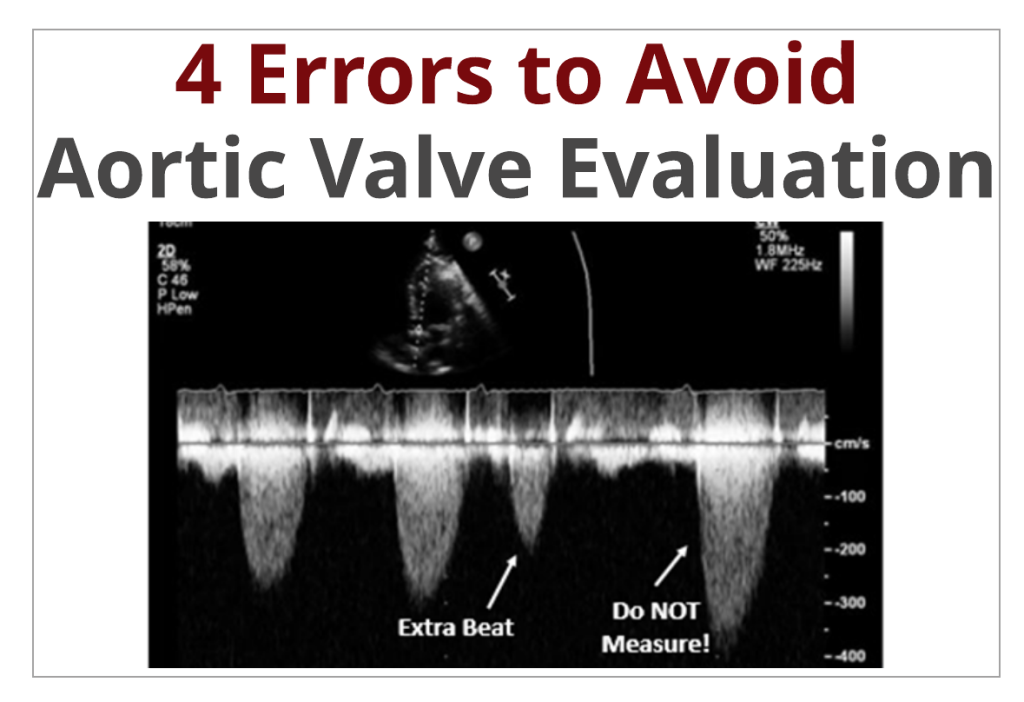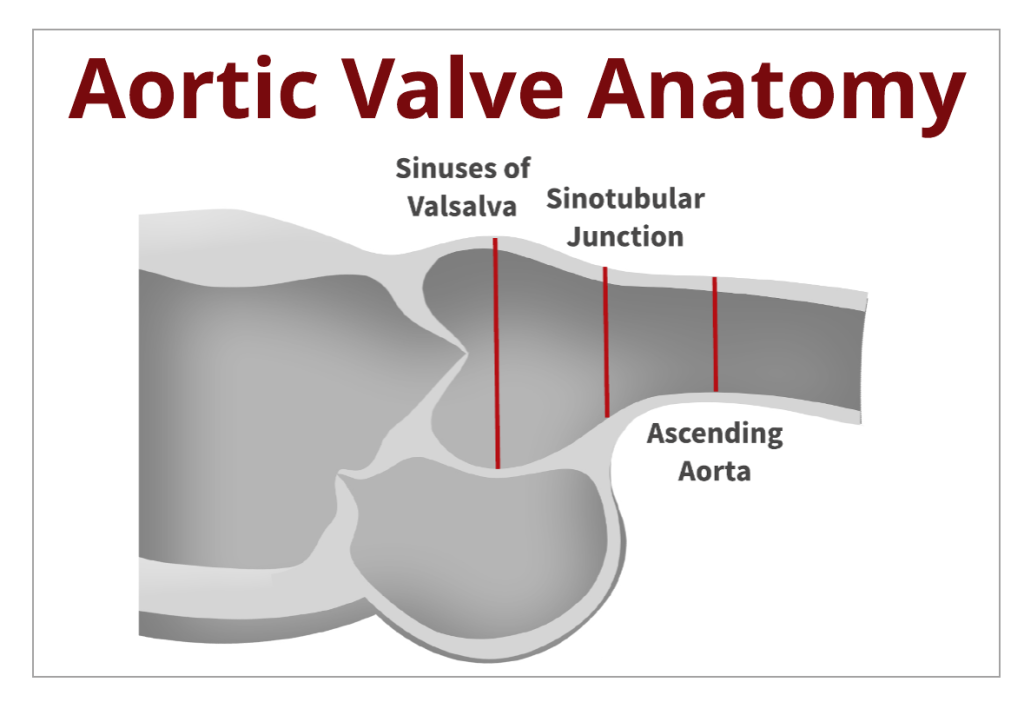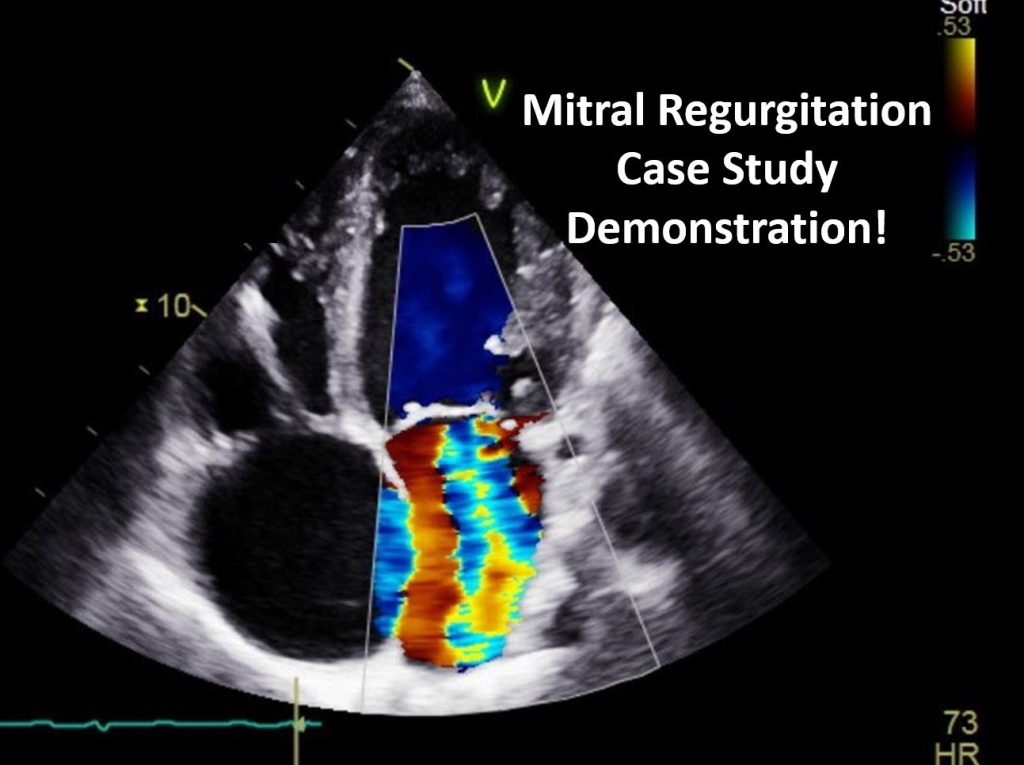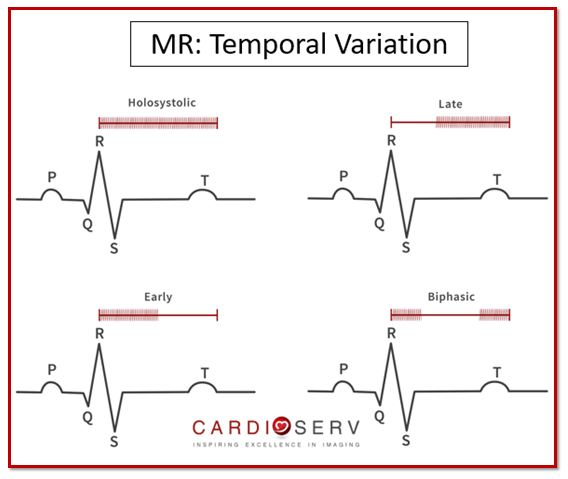4 Errors to Avoid when Measuring Aortic Valve Velocity
Evaluating the aortic valve is a routine part of an echocardiogram. There are many methods we use to determine the structure and function of the valve, including 2D, color Doppler and a combination of pulsed & continuous-wave Doppler. With short examination times being a common challenge,
4 Errors to Avoid when Measuring Aortic Valve Velocity Read More »






